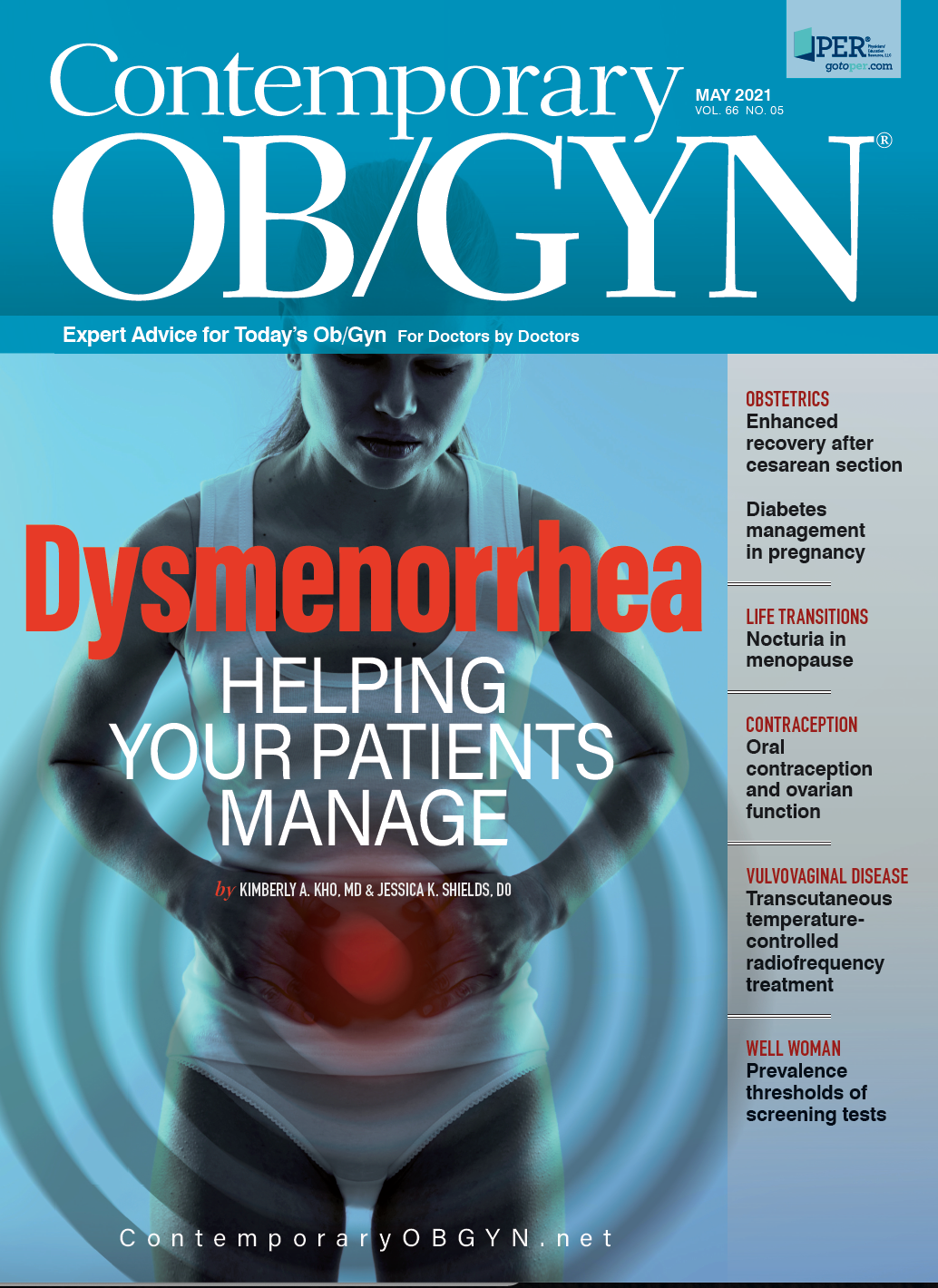Prevalence thresholds of screening tests
A literature review has found that the prevalence thresholds of various screening tests used in ob/gyn health care settings are significantly higher than the estimated disease prevalence.
As a result, the review in the European Journal of Obstetrics & Gynecology and Reproductive Biology surmises that for population-level screening, a notable proportion of positive screening tests are likely false-positives.
Jacques Balayla, MD, MPH

“There are a significant number of false-positive screening tests we see clinically on a regular basis,” said primary investigator Jacques Balayla, MD, MPH, an Osler Fellow in ob/gyn at McGill University in Montreal, Canada. “The implications for patient counseling and resource allocation that a false-positive result may carry are consequential, yet rarely addressed in modern medicine.”
The authors searched Medline, EMBASE, Google Scholar, Scopus, ISI Web of Science, Cochrane database and PubMed to obtain the sensitivity and specificity estimates for 10 screening tests, then used those estimates to calculate disease-specific prevalence thresholds and compare them to the actual estimates of disease prevalence.
Equation that helps calculate the prevalence threshold.

The prevalence thresholds and average estimates of disease prevalence (shown in parenthesis) were 31% (6%) for 50 g-oral glucose tolerance test (GDM-50 g); 7% (0.2%) for noninvasive prenatal testing (NIPT); 19.5% (0.2%) for combined first trimester screening (FTS); 18% (15% to 45%) for vagino-rectal swab for group B streptococcus (GBS) in pregnancy; 21% (0.2%) for cervical cytology (Pap) testing; 27% (0.2%) for human papillomavirus (HPV) testing; 25% (12.5%) for mammography; 25% (12.5%) for manual breast exam; 6% to 13% (4.2% to 4.7%) for cervical-vaginal swab testing for gonorrhea and chlamydia; and 32% (10%) for testing serum anti-Müllerian hormone (AMH) levels for polycystic ovary syndrome (PCOS).
“We were surprised how poor the predictive value of most tests for ob/gyn actually is, particularly when carrying out universal screening programs,” Balayla said. “More disturbing perhaps is the significant discrepancy between the prevalence threshold – the prevalence level above which the screening test yields the most reliable results – and the actual prevalence of disease. Such a large difference may explain why we observe false-positive results at the bedside so frequently.”
In reaction to the significant number of false-positive results observed in clinical practice, a number of guidelines have begun to transition to a risk-based approach to the diagnosis and management of certain conditions in ob/gyn, according to Balayla.
“In the meantime, having an understanding of Bayes’ theorem and the prevalence threshold can aid the clinical counselling of patients,” said Balayla, who developed the prevalence threshold statistic for the study. “If an individual’s risk is below the threshold, such as amongst patients with no symptoms or risk factors, a patient’s results may not be reliable; therefore, counseling should reflect this fact to avoid undue stress, until diagnostic testing can be conducted.”
Conversely, for women whose risk lies above the threshold, “resource allocation and ease of access to the health care system should be prioritized,” Balayla said.
Developing new tests and screening technologies with sensitivity and specificity parameters that improve upon current standards is one strategy to reduce the rate of false-positives.
“Adopting a risk-based approach to primarily screen those at higher risk would also accomplish this goal,” Balayla said.
The sensitization of health care providers to the Bayesian limitations of the screening process “will undoubtedly result in a more nuanced discussion with the patient about her risk of disease,” he said. “And on a larger scale, implementation of risk-based screening programs may enhance access to the health care system for those who need it most, and reduce costs and anxiety for patients and their loved ones.”
__
Disclosure
Balayla reports no relevant financial disclosures.
Source
Elfassy L, Lasry A, Gil Y, Balayla J.Prevalence threshold of screening tests in obstetrics and gynecology. Eur J Obstet Gynecol Reprod Biol. Published online February 18, 2021. doi:10.1016/j.ejogrb.2021.02.015

Newsletter
Get the latest clinical updates, case studies, and expert commentary in obstetric and gynecologic care. Sign up now to stay informed.
